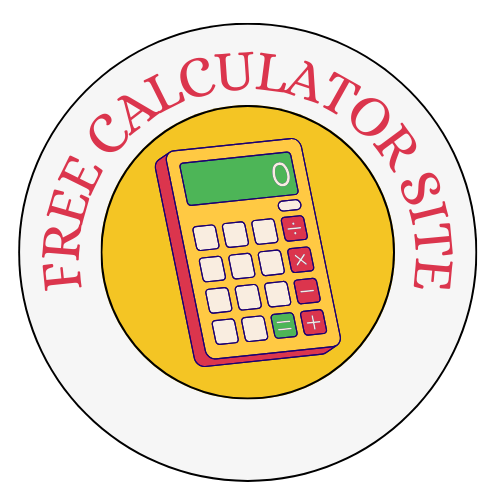Last updated on September 17th, 2024 at 07:11 pm

Trees have long been symbols of endurance and timelessness, standing tall and strong for centuries.
Whether you’re hiking through a forest or admiring a large oak in your neighborhood, you may have wondered how old a particular tree is.
While estimating the age of a tree might seem like a daunting task, there are scientific methods available that allow us to pinpoint the age of a tree with surprising accuracy.
This article will guide you through various techniques on how to tell the age of a tree, along with insights into the fascinating world of dendrochronology.
Counting Tree Rings: The Basic Method
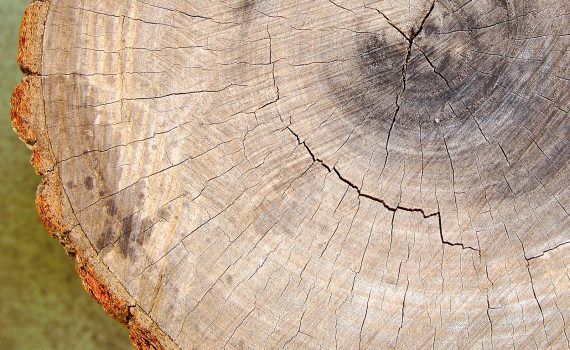
The most well-known method for determining the age of a tree is counting its rings.
Trees in temperate regions produce distinct growth rings every year due to the changing seasons.
During spring, trees grow quickly, forming light-colored wood known as “springwood” or “earlywood.”
As the year progresses and growth slows down, darker “summerwood” or “latewood” forms, creating a clear contrast between the two.
When you look at a cross-section of a tree’s trunk, these alternating light and dark rings can be counted to estimate its age.
Each ring represents one year of the tree’s life. However, accessing these rings isn’t always as simple as cutting down a tree—especially if the tree is still alive!
Non-Destructive Methods: Using an Increment Borer
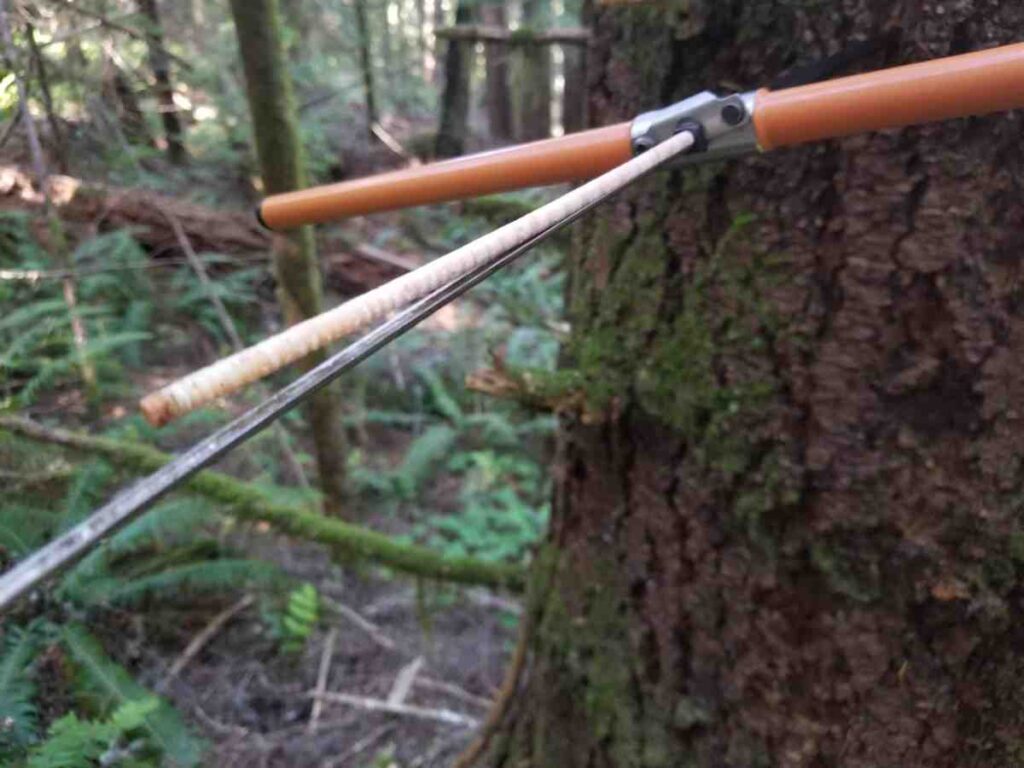
Fortunately, dendrochronologists, scientists who study tree rings, have developed non-destructive methods for aging trees.
One of the most widely used tools is the increment borer, which allows scientists to extract a small core from the tree without causing significant damage.
An increment borer is a T-shaped steel drill with a hollow bit. Scientists insert it into the tree trunk, carefully drilling into the center of the tree.
Once the bit reaches the core, it extracts a narrow, cylindrical sample of wood that contains a portion of each growth ring.
By counting the rings on this sample, scientists can estimate the age of the tree.
The small hole left by the borer heals over time, ensuring the tree remains healthy.
Also Read: How to Tell the Age of a Deer
Cross-Dating for Greater Accuracy
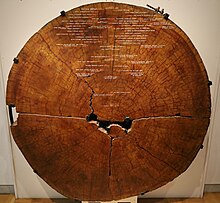
While counting rings can give you a rough estimate of a tree’s age, this method is not always perfect.
In some years, especially during periods of drought, a tree might not produce a visible ring.
Conversely, in particularly favorable years, trees might produce more than one ring.
This can lead to inaccurate estimates if you rely on counting rings from just one tree.
To improve accuracy, dendrochronologists use a technique called cross-dating.
Cross-dating involves comparing the growth rings of different trees from the same region.
By aligning the patterns of wide and narrow rings, scientists can identify missing or extra rings and assign each ring to a specific year.
This method enables them to create a detailed timeline of growth, correcting any discrepancies from ring counting alone.
Radiocarbon Dating for Tropical Trees
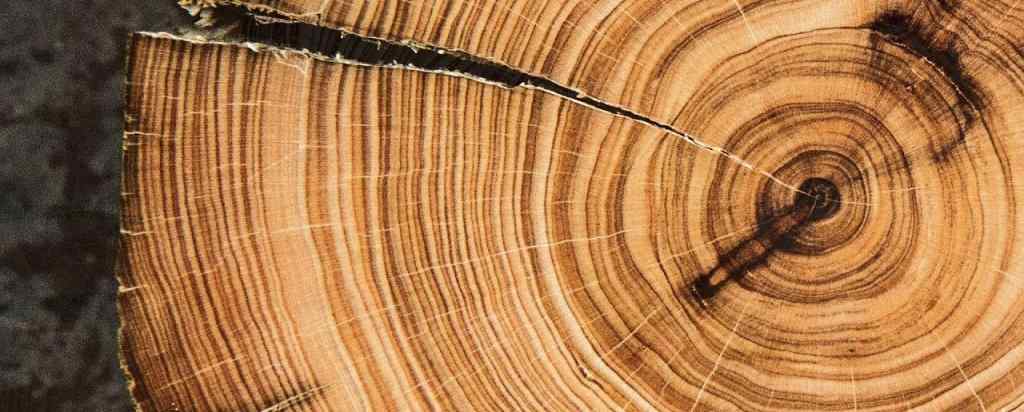
In some parts of the world, such as tropical regions, trees do not produce distinct growth rings because they grow year-round.
This makes aging tropical trees a bit more challenging.
In such cases, scientists turn to radiocarbon dating, a method that measures the amount of carbon-14 (a radioactive isotope) in a tree’s tissues.
Carbon-14 decays into nitrogen-14 at a known rate, allowing scientists to estimate the tree’s age by analyzing its carbon content.
Although radiocarbon dating is less precise than counting rings, it provides valuable estimates, especially for trees that don’t produce annual growth rings.
This method is also used to date ancient pieces of wood, offering insights into past climates and historical events.
Trees as Climate Recorders

Determining the age of a tree offers more than just a number—it also provides a window into the past.
Tree rings are not only markers of time but also indicators of environmental conditions.
The width and density of a tree’s rings reflect the weather conditions during each year of growth.
For example, wider rings often indicate years of plentiful rainfall, while narrow rings suggest periods of drought.
By studying tree rings, scientists can reconstruct historical climate patterns and gain insights into how the environment has changed over time.
This field of study, known as dendroclimatology, helps researchers understand past climate events and predict future climate trends.
In addition, tree rings can reveal other environmental events, such as forest fires, insect infestations, and volcanic eruptions.
By analyzing the charred remains of trees after a forest fire or the scars left by insects, scientists can piece together a timeline of ecological disturbances and how they have affected forest ecosystems.
Also Read: How to Tell the Age of a Squirrel
Extreme Longevity: Discovering the Oldest Trees
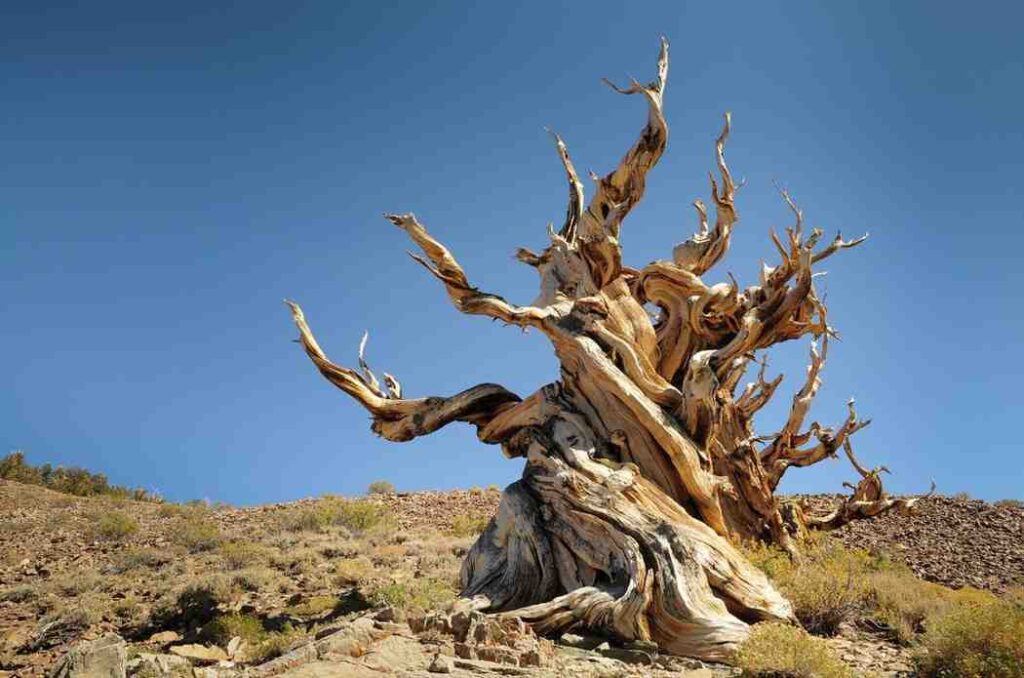
One of the most fascinating aspects of tree aging is the discovery of ancient trees that have survived for thousands of years.
Some trees, such as the bristlecone pines in the White Mountains of California, are among the oldest living organisms on Earth.
One bristlecone pine, named Methuselah, is estimated to be over 4,800 years old!
The discovery of such ancient trees has not been without controversy.
In 1964, a researcher inadvertently cut down a bristlecone pine in Nevada, only to discover that it was the oldest known tree at the time, with an estimated age of over 5,000 years.
This tragic incident highlights the importance of using non-destructive methods like the increment borer when studying living trees.
Understanding Tree Growth and Age
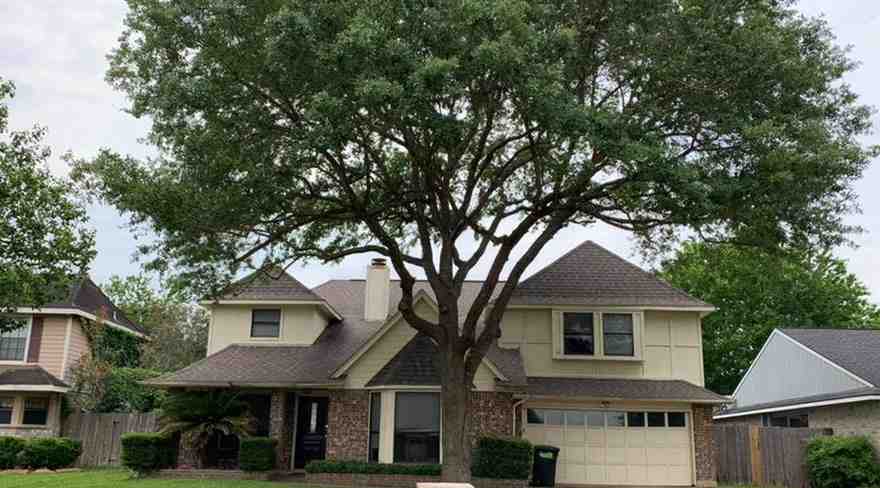
While counting rings is the most common method of determining a tree’s age, it’s important to remember that not all trees grow at the same rate.
Factors such as species, climate, soil quality, and access to sunlight all influence how quickly a tree grows.
Some species, like the fast-growing paulownia tree, can grow several meters in just a year, while slow-growing species like hemlocks may take decades to reach the same height.
Additionally, trees growing in favorable conditions—such as those in sunny, fertile areas—tend to grow faster and produce wider rings than trees in harsh environments.
For this reason, larger trees are not necessarily older than smaller ones.
Understanding these growth factors is crucial for accurately estimating a tree’s age and appreciating the diverse life cycles of different species.
Conclusion: Trees as Timekeepers
Telling the age of a tree is not only a scientific pursuit but also a way to connect with the natural world and its history.
Whether through counting rings, cross-dating, or radiocarbon dating, each method offers valuable insights into the lifespan of trees and the environmental conditions they have endured.
Next time you encounter a massive oak or towering pine, take a moment to reflect on its history.
These silent sentinels of the forest have stood for centuries, recording the passage of time in their rings, and offering a glimpse into a world long past.
By learning how to tell the age of a tree, you’re not just discovering its years—you’re uncovering its story.
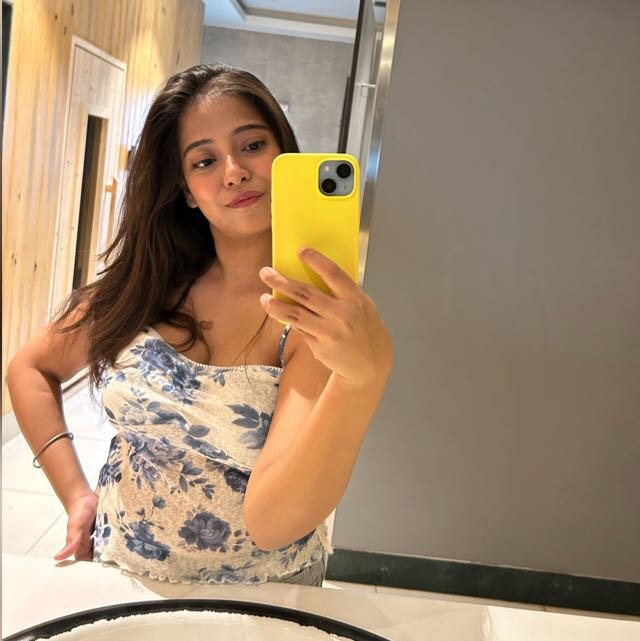
Sayantika Karmakar provides expert insights on financial calculators in her blog posts.
